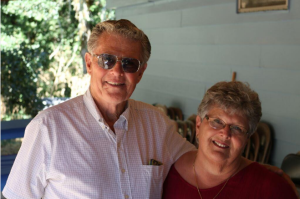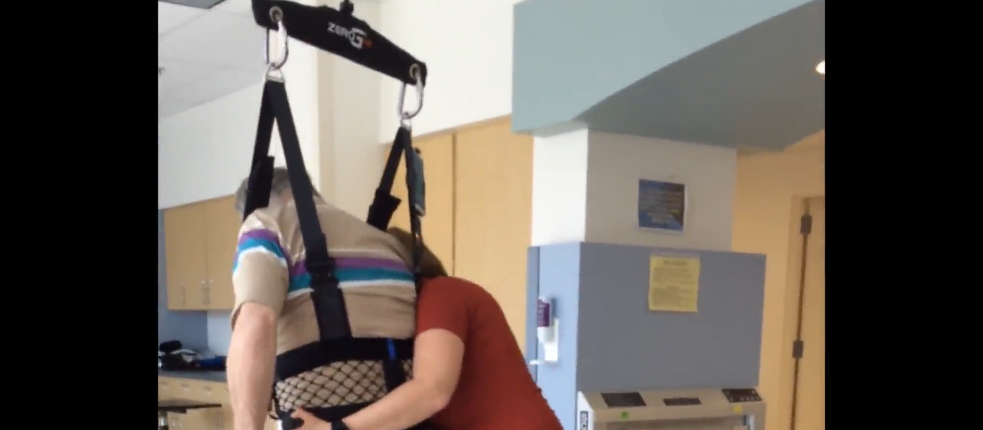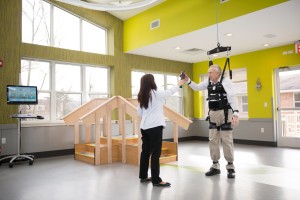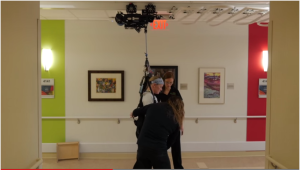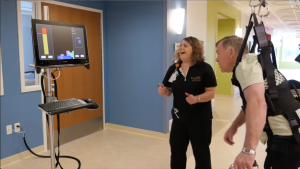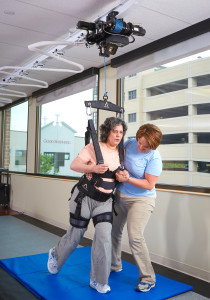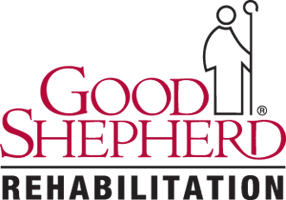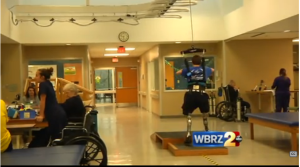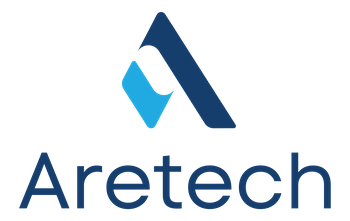Source: NBC News
When Lauren Jackson married her quadriplegic husband in 2013, she told him, “When you can walk, I want you to dance with me.”
It was more a dream than anything. Joel Jackson had not been expected to survive the 2009 car wreck that separated his spine from his head, let alone get out of a wheelchair.
But that wish came true.
A couple weeks ago, Lauren and Joel, both 26, shared an impromptu moment swaying to their wedding song, Edwin McCain’s “I’ll Be,” at a rehabilitation hospital in Jacksonville, Florida.
Joel, suspended from the ZeroG Gait and Balance System, looked into his wife’s eyes — the only way he can communicate with her.
VIDEO of the Jackson’s Dance in ZeroG
She looked up at him. “My goodness, you’re so tall,” she said.
Lauren kissed Joel. Their eyes met. They danced.
Everyone else in the Brooks Rehabilitation therapy room stopped what they were doing to watch the young couple, who have known each other since childhood but reconnected after his accident. Several wept.
“Euphoric,” recalled Joel, who spoke to NBC News with the help of a computer.
Before wrapping her arms around her husband, Lauren handed her phone to an intern at the rehab center, who recorded them. She posted the video on her blog, where she documents their journey.
“The little things mean so much to us,” Lauren said.
Lauren and Joel have known each other since they were 14. They met during a church event in Anderson County, South Carolina. There was an immediate spark, and they became close. But they gradually drifted apart.In December 2009, Joel and five other young people got into a car with a drunk driver, who hit a telephone pole. A 15-year-old girl died, and Joel, 20 then, was thrown from the car. The impact shattered his spine where it connects to his skull — an “internal decapitation” that few people survive.
“People don’t live through C1 injuries,” said Bob McIver, manager of Brooks Rehabilitation’s Neuro Recovery Center, referring to the vertebrae closest to the head. “Kids sometimes do. At his age, it’s fatal in matter of seconds.”
At the time, Lauren had not seen Joel since high school graduation. She went to visit him. His jaw had been broken in the wreck and hadn’t been repaired, so he could not speak — a condition that never improved.
In late 2012, they began dating — movies, mostly. He proposed a few months later through a video that friends helped produce. They were married in September 2013, Joel mouthing “I do.” At the reception, Joel’s father lifted Lauren onto Joel’s lap as “I’ll Be” played.
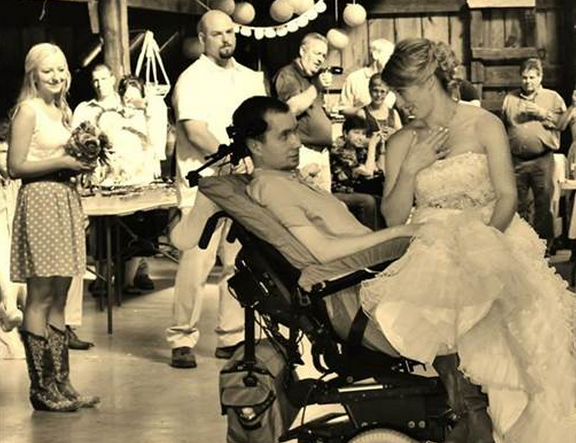
“But I told him, ‘When you can talk, I want to renew our vows. And when you can walk, I want you to dance with me,'” Lauren said.
She put her career on hold to care for him. They developed an intricate but efficient method of communicating, in which Lauren moves through the alphabet and Joel signals with his eyes the letters he wants to use. Joel also took up painting by holding the brushes in his mouth; he sells his work online.
Lauren tried to find Joel rehabilitative services. His spinal injury was “incomplete,” meaning that he could feel things and had a bit of movement. But no one they saw had worked with a patient with a C1 injury. They were turned down everywhere they went.
“He believed there was nothing else that could be done for him,” Lauren said.
Frustrated, they moved to Florida with Joel’s father, who works for Lowe’s and put him on his insurance plan. Joel also receives coverage under Medicaid and Medicare.
Lauren began the search all over again. A neurologist referred them to Brooks Rehabilitation. It took months for Joel to trust the physical therapists, who wanted to put him on a regimen to strengthen his body and circulatory system. They also wanted to figure out why Joel still could not speak.
“As someone who’d never had any physical therapy, we don’t have any idea of what his potential is, what he is hiding,” McIver said.
On Oct. 1, Joel’s therapists asked if they could put him in the device called ZeroG that allows patients to stand upright while allowing their legs to support a small amount of their body weight. Joel, using his eyes, signaled that he agreed. Lauren, who typically records all of Joel’s rehab regimens, looked away to read a text message. When she turned back, Joel was up.
She thought of her wish. “Hey, Joel, do you want to dance?” she said.
McIver found a recording of “I’ll Be” and piped it into the gym’s speakers. Joel met her gaze to tell her he was ready. They moved together, Lauren holding him and smiling, Joel looking at her intently.
“Everyone applauded at the end,” McIver said. “There were lots of tear-filled eyes.”
After being told for years not to expect a life beyond a wheelchair, there was hope.
Joel has continued to regain strength and body movement, McIver said.
“That little step that got him something he wanted, and he looks at what’s the next thing he can do,” he said.
Joel’s gains have motivated the couple to try to buy a home and develop an event planning business. They’ve appealed to supporters to donate to their “home fund,” offering Joel’s paintings as gifts.
“For two years we’ve lived without an income, so we have to get creative,” Lauren said.
She credits Joel for inspiring her. He tells her, “Anything is possible through love.”
